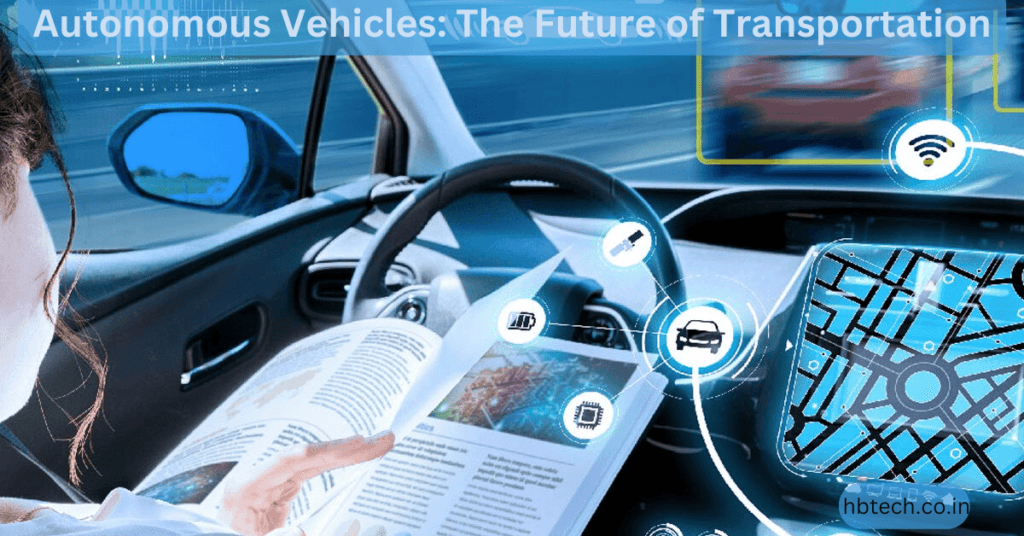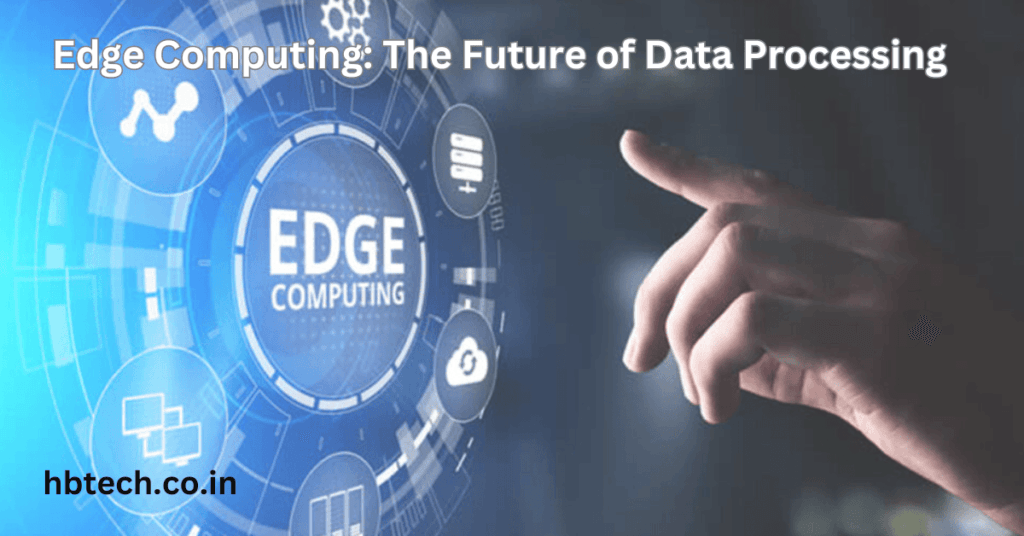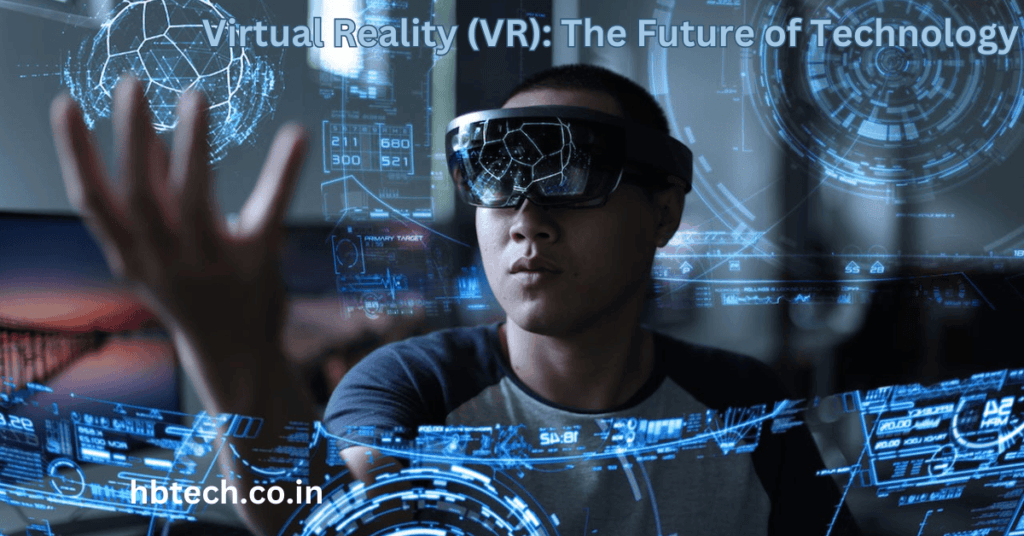Posted inTechnology
Autonomous Vehicles: The Future of Transportation
Autonomous Vehicles Autonomous vehicles also called Self-Driving Cars, are vehicles that can drive themselves without needing human control. They use a mix of sensors, cameras and advanced technology like artificial…








